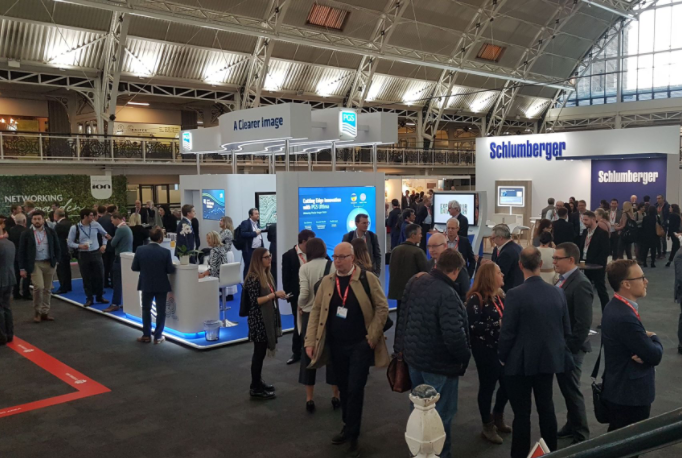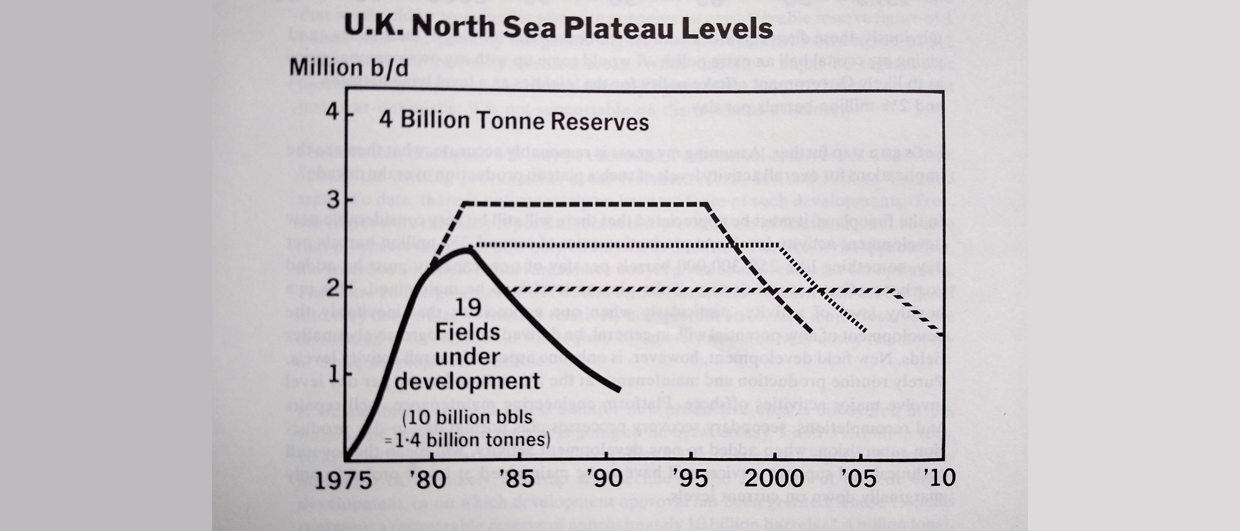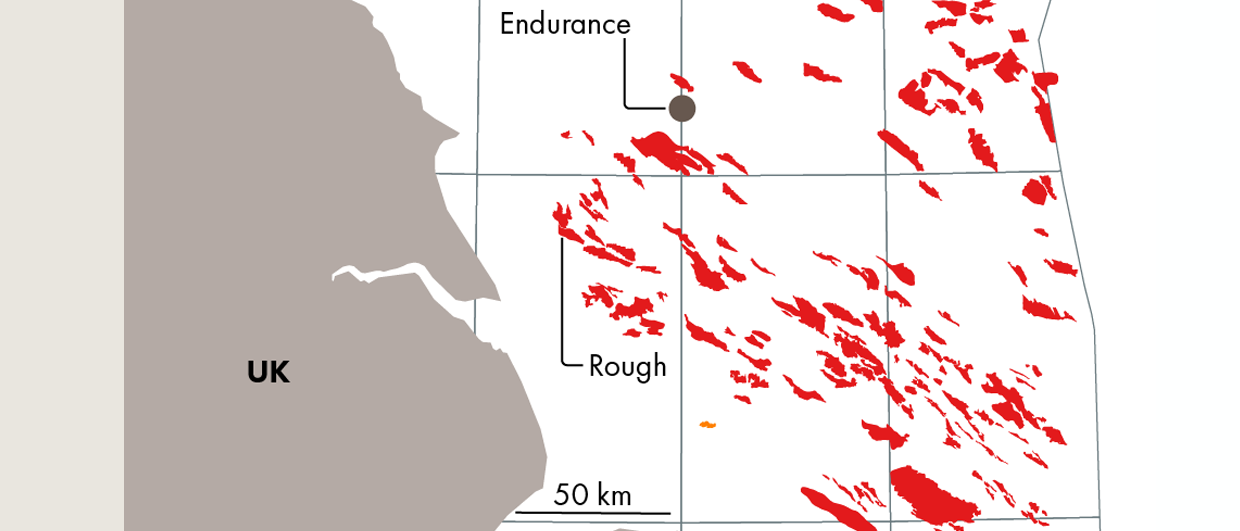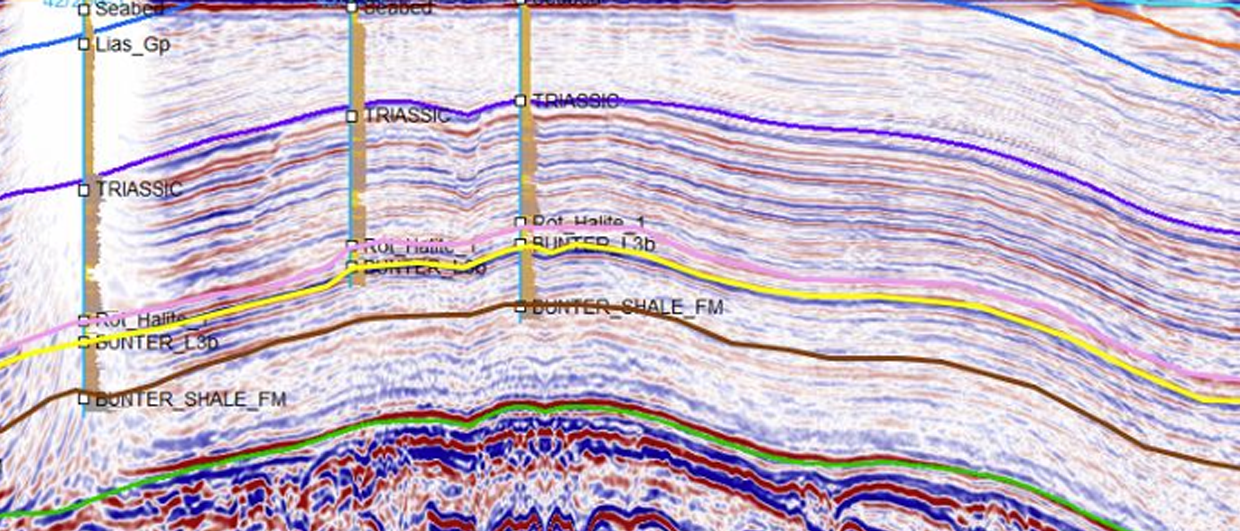“How is your hobby, Phil?” That’s what Phil Kirk heard from his colleagues a few years ago when CO2 storage projects were being discussed. A quick rewind to the present day, and CCS is full on the agenda with the Harbour Management Team. According to the man at the helm of the company that recently took over ConocoPhillips and Premier Oil, material steps are being taken to make it happen.
There certainly was a lot of emphasis on CO2 storage in Phil Kirk’s opening address of this year’s Petex Conference at the Business Design Centre in London. “The world is looking at the UK in terms of what is happening in the realm of CCS and hydrogen initiatives,” he explained. Whilst this may be a bit premature given that no CO2 has actually been injected into the ground as of yet, there is a drive to capture CO2 from a series of industrial clusters across the UK and transport it offshore for permanent geological storage, with Harbour playing a role in it.
In the meantime, money is still being made by producing hydrocarbons. And although Harbour is now a serious international player, 90% of its production comes from the UK. With frontier exploration not being a main area of focus, as recent activity already shows, the company is currently drilling the near-field Triassic Dunnottar prospect. Situated just northeast of Judy, the well has already yielded “some interesting results,” according to Kirk. He did not mention the Talbot drilling campaign, so hopefully that doesn’t mean that well 30/13e-12Z is going to be the fourth unsuccessful appraisal attempt to get Talbot oil to market.
During the remainder of the day, more than 700 delegates enjoyed a well-attended conference and exhibition where people were visibly pleased to be able to meet again in person.
Probably the best illustrated and narrated talk of the day – at least from the ones attended by me – was Phil Mollicone’s presentation on the Carboniferous topography preserved below the base Zechstein in the Ossian area of the Southern North Sea. Whilst he initially hypothesised that the spur and groove features observed in seismic may be related to the wind-facing margin of a reef, he then convincingly demonstrated that they represented differential erosion of the underlying Visean heterolithics instead. A more illustrated account of this will hopefully follow soon.
Let’s see what Day 2 brings!
HENK KOMBRINK





